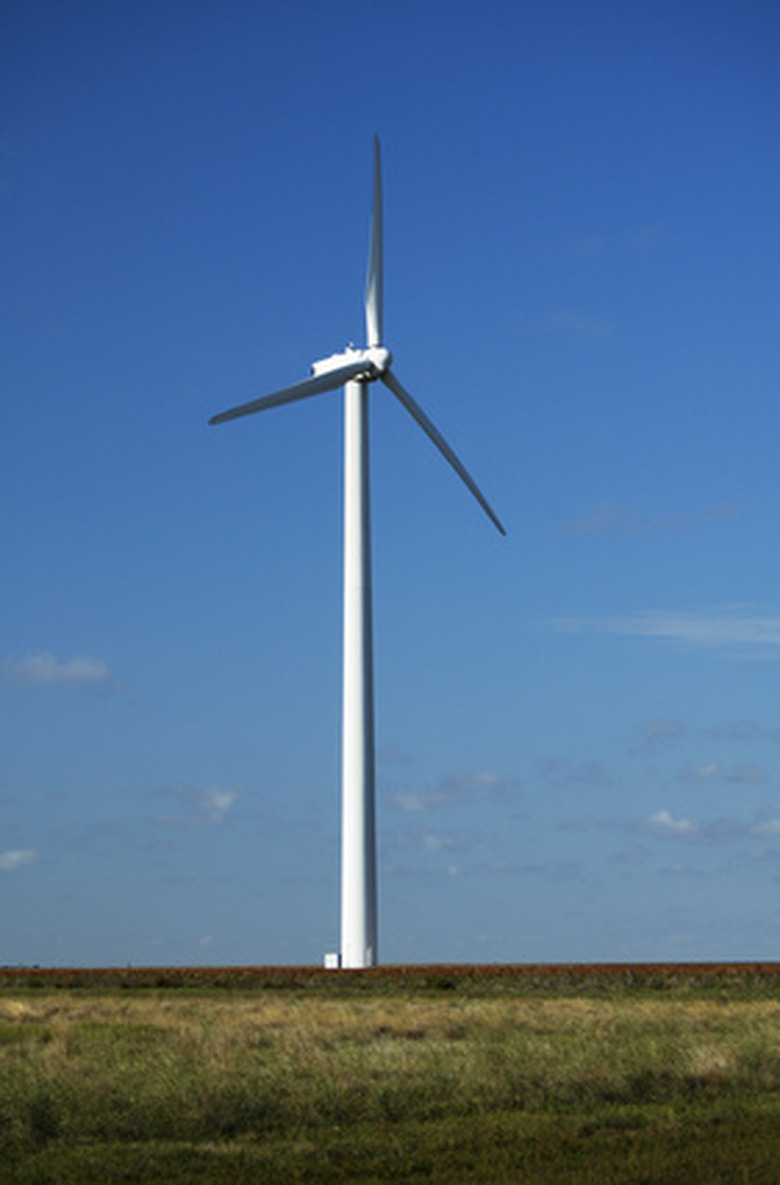What Is The Difference Between A Windmill & A Wind Turbine?
Windmills and wind turbines both harness wind energy and put it to practical use. The difference is in how they do it: One is a machine with mechanics powered by the wind, the other generates electricity for use elsewhere.
Windmills
Windmills
Windmills convert wind energy directly into mechanical energy for such tasks as milling grain–the source of the term–or pumping water, which is usually the purpose of windmills you see on farms.
Windmill Mechanism
Windmill Mechanism
The spinning vanes of a windmill turn a camshaft, which is connected by gears and rods to the machinery that does the work. All power is directed into the work
Wind Turbine
Wind Turbine
A wind turbine converts wind energy into electricity, which can then be used to power electrical equipment, stored in batteries or transmitted over power lines.
Wind Turbine Mechanism
Wind Turbine Mechanism
A wind turbine has essentially the same parts as a simple electric motor, but it works in reverse: A motor uses electrical current to produce motion; a wind turbine uses motion to create electrical current.
Terminology
Terminology
Though "windmill" is frequently used by laypeople to describe electricity-generating wind turbines, the wind power industry and windmill manufacturers both make a careful distinction between the terms.
References
Cite This Article
MLA
Merritt, Cam. "What Is The Difference Between A Windmill & A Wind Turbine?" sciencing.com, https://www.sciencing.com/what-is-the-difference-between-a-windmill-a-wind-turbine-13401927/. 21 July 2017.
APA
Merritt, Cam. (2017, July 21). What Is The Difference Between A Windmill & A Wind Turbine?. sciencing.com. Retrieved from https://www.sciencing.com/what-is-the-difference-between-a-windmill-a-wind-turbine-13401927/
Chicago
Merritt, Cam. What Is The Difference Between A Windmill & A Wind Turbine? last modified March 24, 2022. https://www.sciencing.com/what-is-the-difference-between-a-windmill-a-wind-turbine-13401927/
